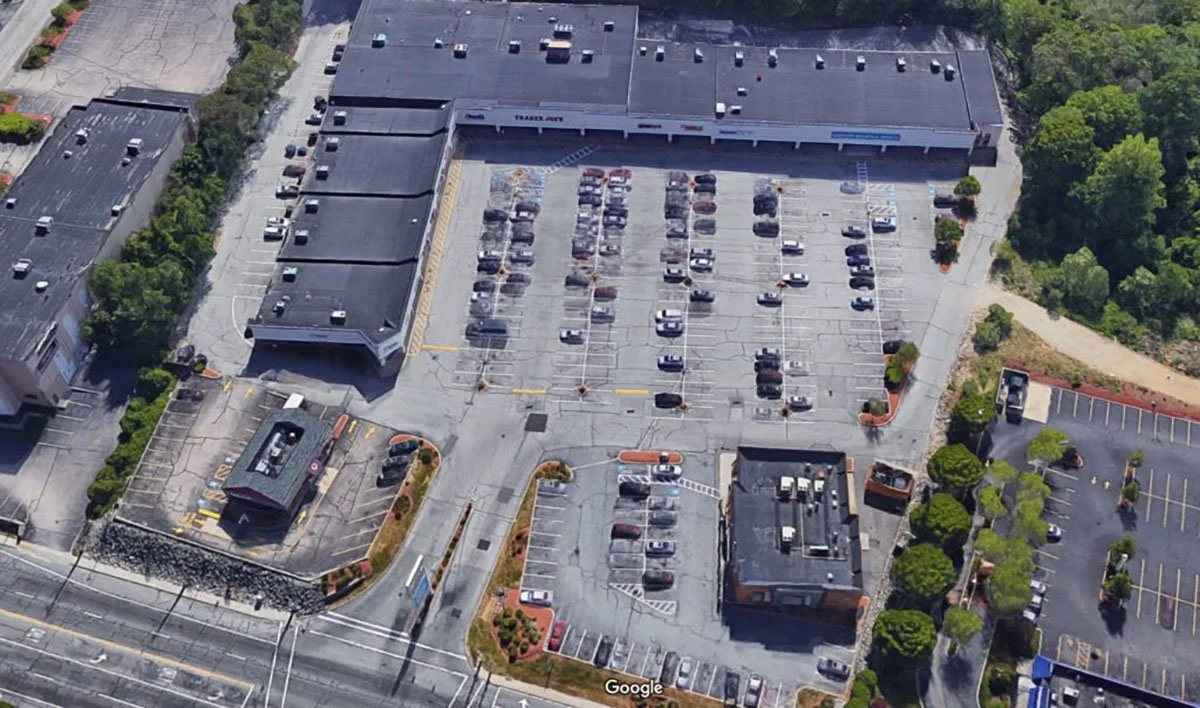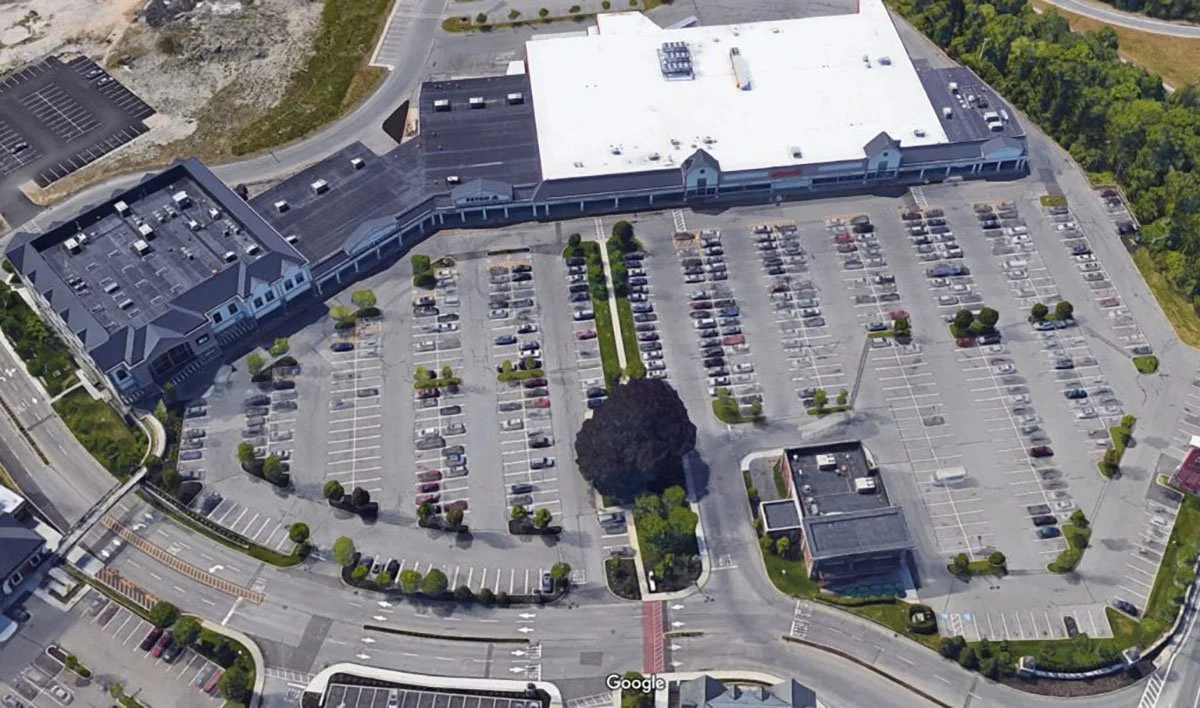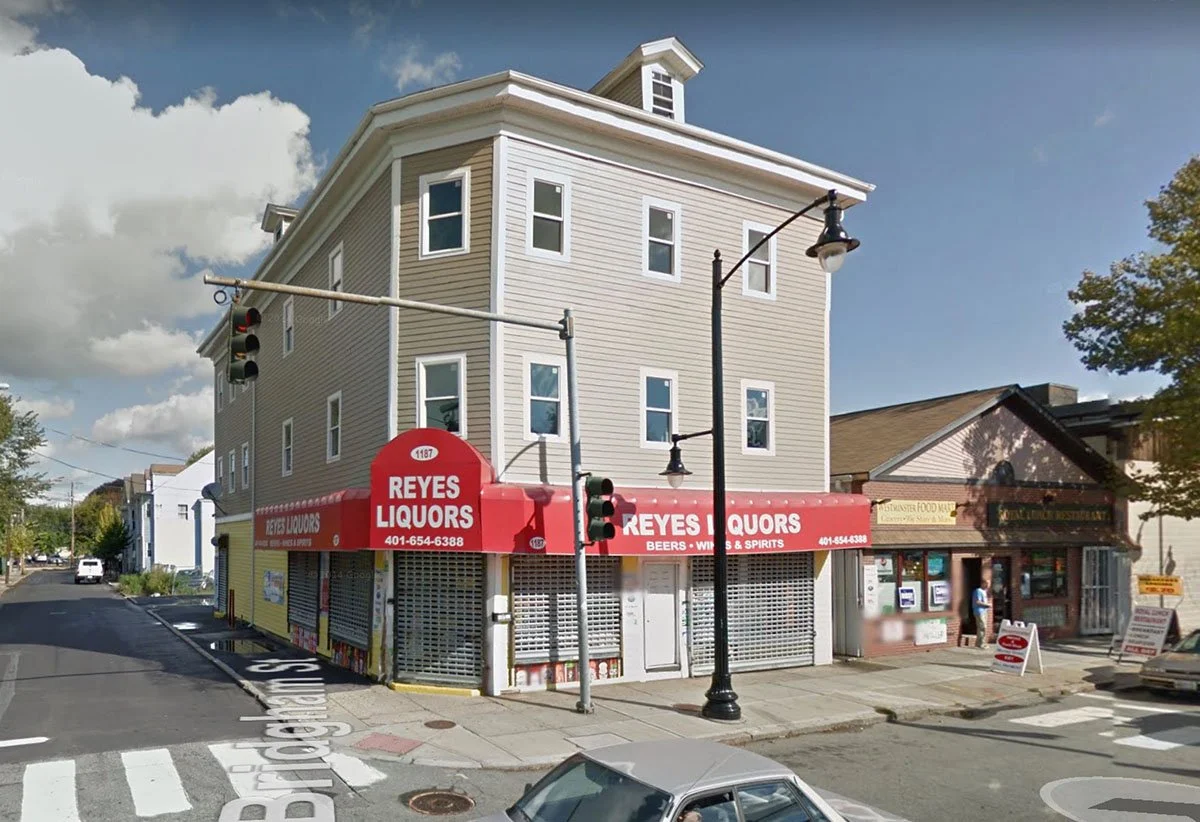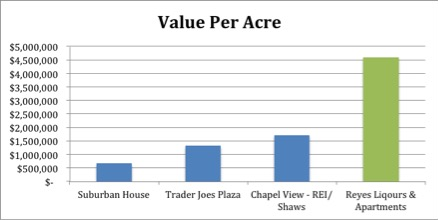Corner Liquor Stores vs. Fancy Shopping Malls
This article was originally published on Seth Zeren’s Substack, Build the Next Right Thing. It is shared here with permission. All images for this piece were provided by the author, unless otherwise indicated.
One of the fundamental insights of the Strong Towns movement is that in the 20th century, we built vastly more public infrastructure than our tax base can support long-term maintenance on. Too much of our shiny and new development actually has a low value per acre and for the amount of public investment required to support it. We call this “doing the math.”
For example, a developer comes to your town to build a new cul-de-sac carved out of a farm on the suburban fringe. In exchange for the right to build twenty houses, they will build all of the public infrastructure to support them: roads, pipes, power lines, fire hydrants, etc., and then hand that over to the town. The town gets a free road and a bunch of new tax-paying houses—growth! Tax receipts go up and the town uses them to pay for more and better schools, parks, public buildings, police, fire, etc. However, the long-term maintenance cost of repairing the roads, pipes, lines, etc. cannot be supported by the low tax revenue per length of road, pipe, line etc. Everything is great for the first 30 years, but then the road needs to be repaved, the pipes need to be lined, and the sidewalk starts looking shabby.
Roughly speaking, public infrastructure needs can be understood as a function of intensity of service, amount of private investment, and land area. Bigger sites have more road fronting them, longer for pipes and wires to travel, etc. Higher demand uses create more demand for wider roads, bigger pipes, and fatter wires. A city or town should, in general, be looking to get the best value per acre. After all, the city or town’s most fundamental resource is its land. Are you using it well? Are you getting a good return in tax revenue on your public investments? You might be surprised at how properties stack up.
For example, here’s a typical house in a suburb outside of Providence, assessed value $305,000, on a almost half-acre lot; value per acre: $664,782 per acre.
A run-of-the-mill strip mall, like where you’d find a Trader Joe’s, is worth a lot more, of course. With an assessed value of just over $9 million, and on 6.88 acres of land, it’s worth about $1,317,572 per acre; about double our single-family house—though Bald Hill Road is certainly more than double the public infrastructure than the quiet residential street.
A more upscale retail destination, such as this portion of the Chapel View shopping center, does better. At 10.78 acres and an assessed value of $18.5 million, it clocks in at $1,716,141 per acre.
But I’d like to contrast these shiny, prestigious properties, with a much more hum-drum building: a little, run-down, mixed-use building on the west side of Providence, with a liquor store on the ground floor and a couple of apartments upstairs.
At an assessed value of just $321,500 it doesn’t seem impressive. But it creates that value on just .07 acres, meaning that it has a value per acre of $4,592,857, more than two and a half times the value, per acre, of the prestigious Chapel View shopping center!
In other words, if you’re looking to get a better rate of return on your city’s public infrastructure investments, you would better off building lots of little Reyes mixed-use, multi-family buildings, than big, shiny, new shopping centers.
One of the reasons (though hardly the only one) our cities and towns always seem broke is that we keep building expensive public infrastructure for low-value private investment, and the tax revenue doesn’t keep up. The suburbs may seem shiny and new, but after that first gloss of new development wears off, the decay sets in. Good cities are built frugally and incrementally, ensuring that we get the best return from our communal public investment.
Seth Zeren is a recovering city planner turned neighborhood developer, advocate, and educator. Seth is a founding member of Strong Towns and occasional contributor over the years. He grew up in the San Francisco Bay Area before moving to the East Coast for college and settling down in Providence, Rhode Island, where he lives with his wife and two young kids. He writes at Build the Next Right Thing.






